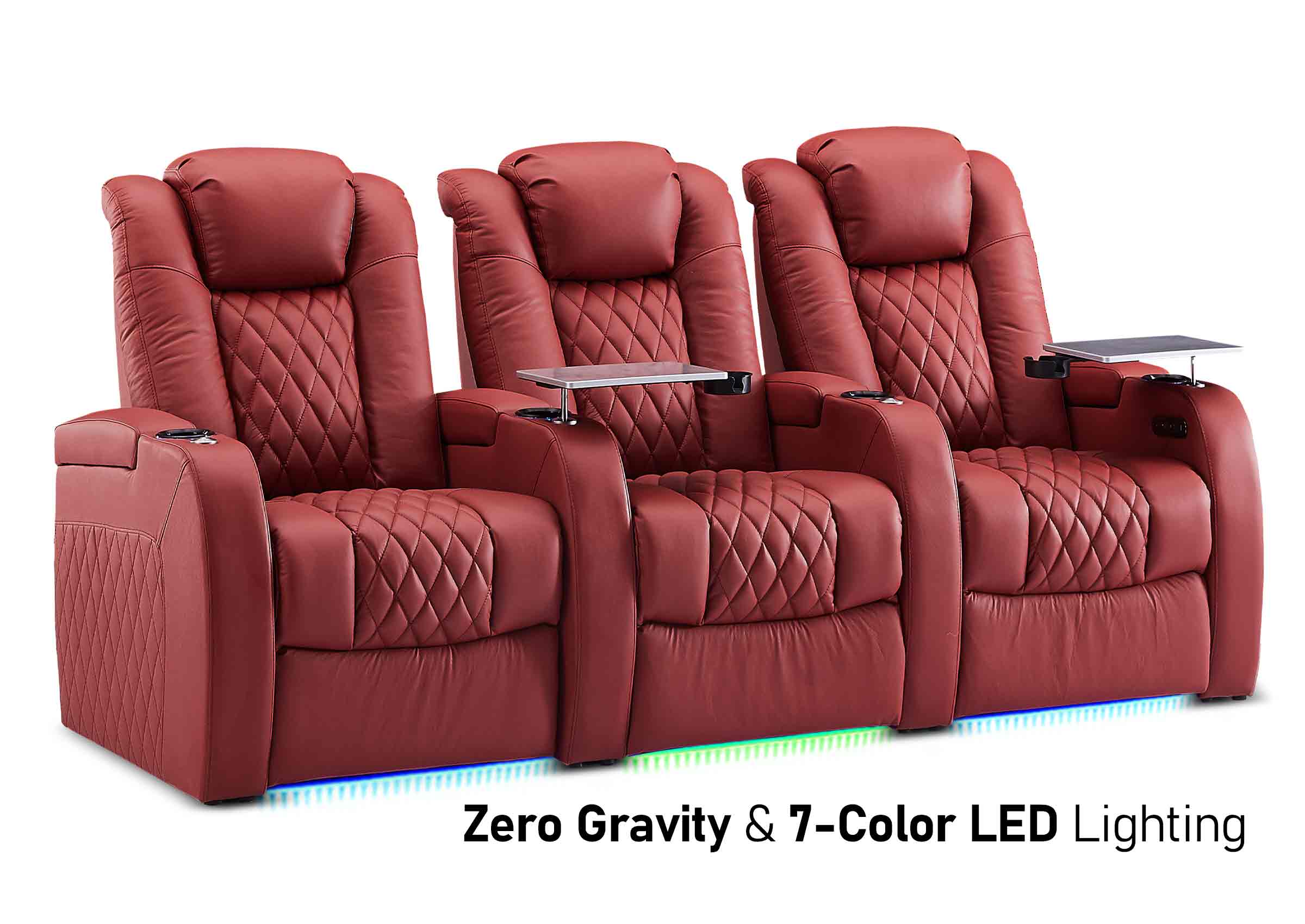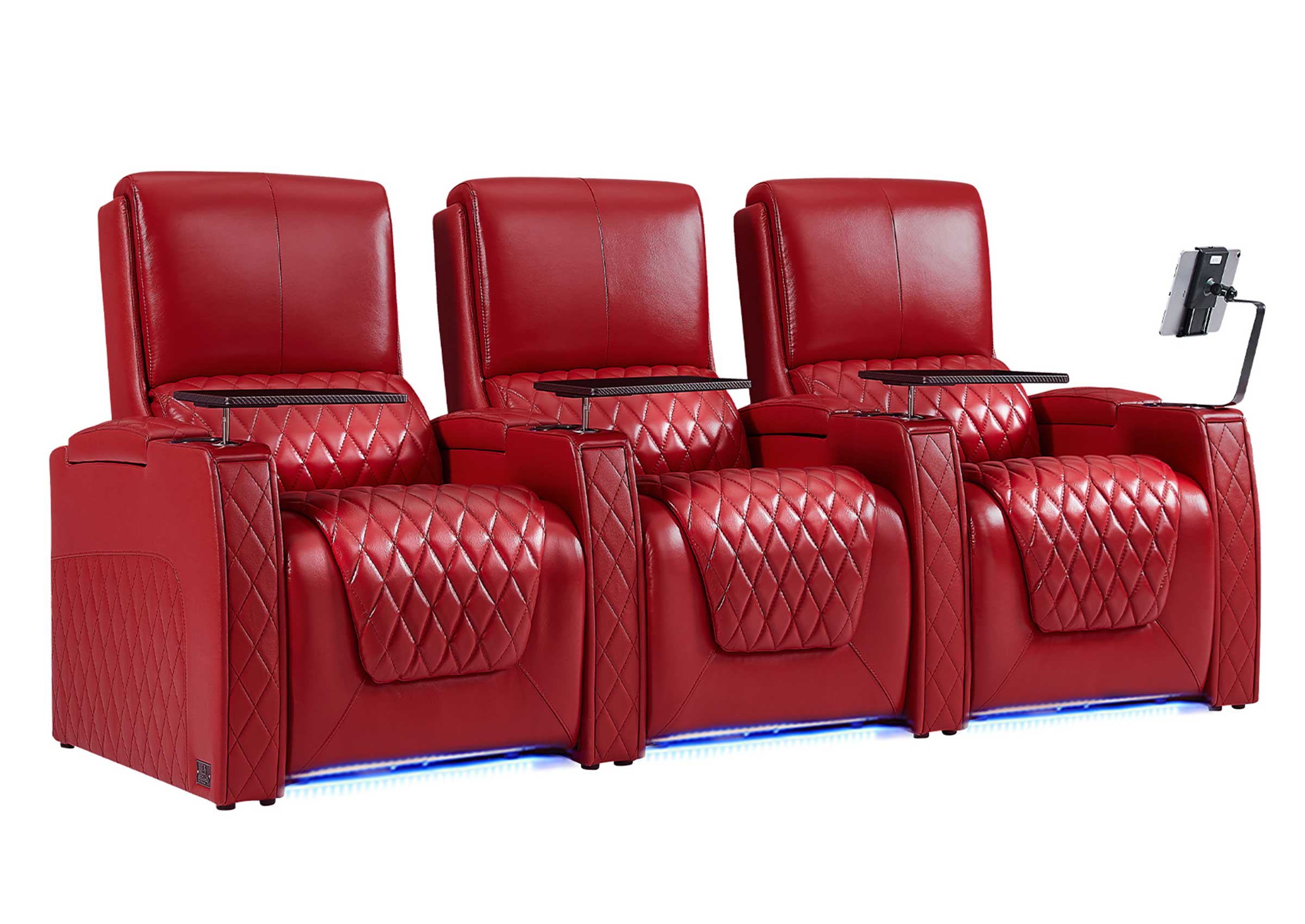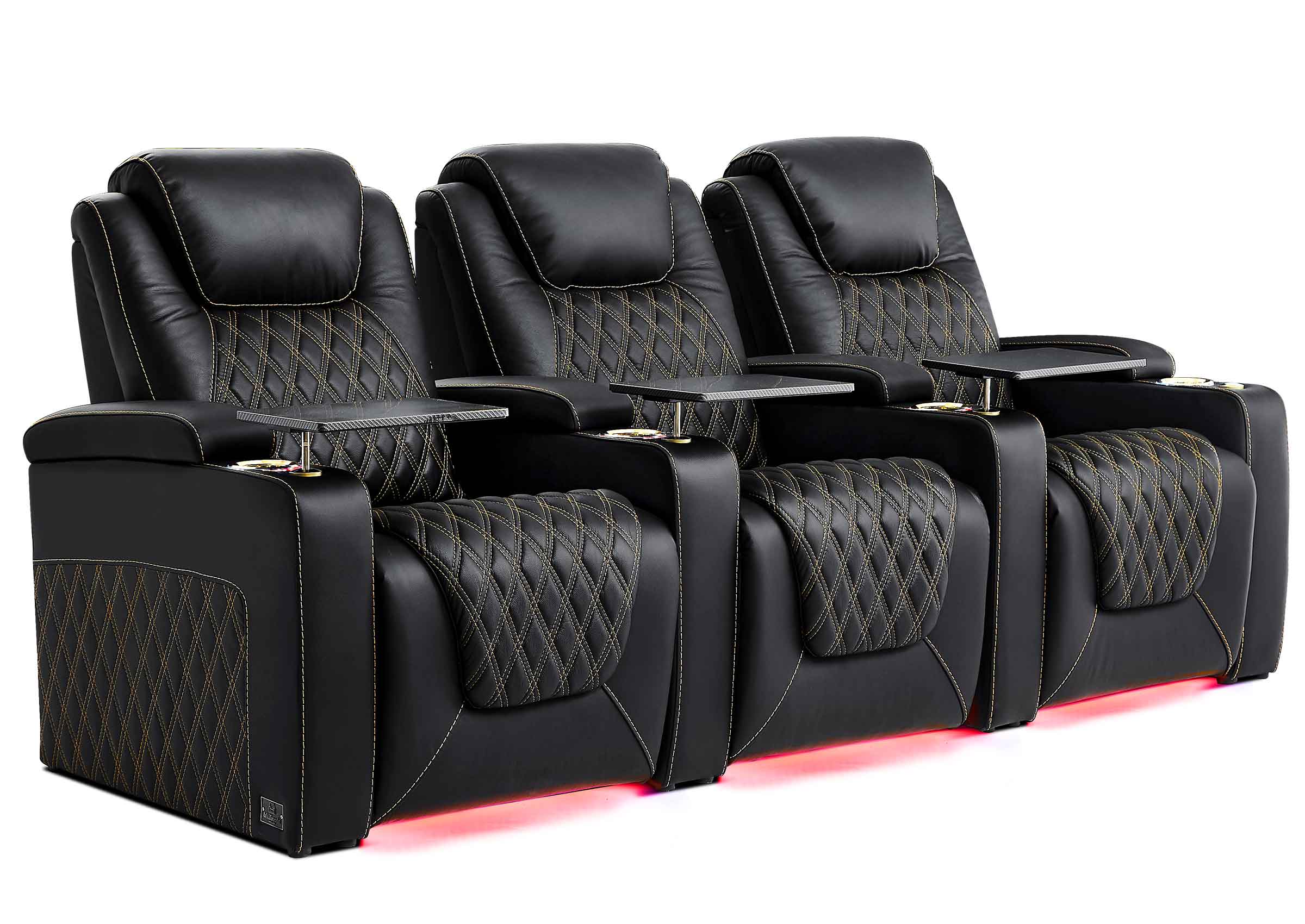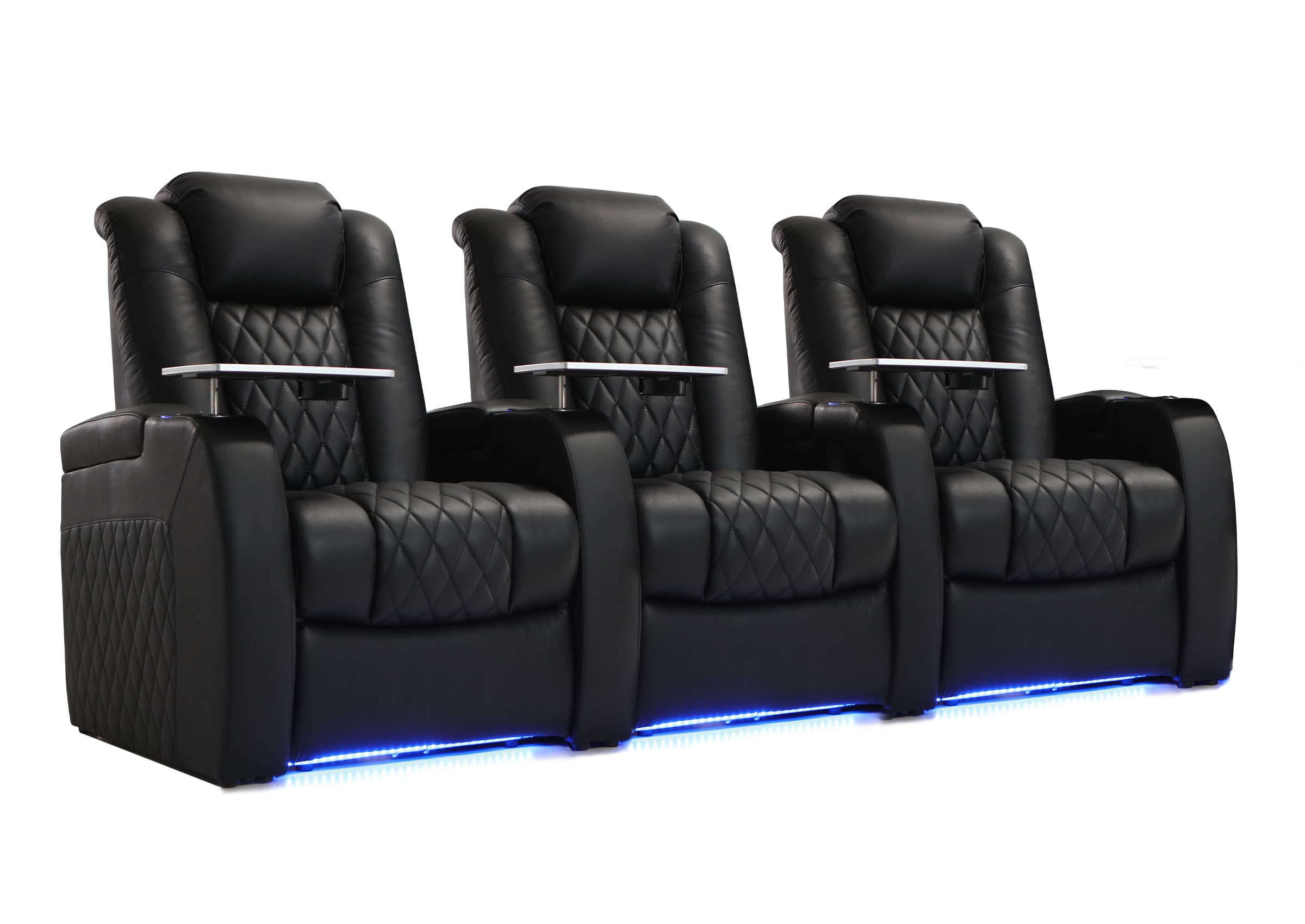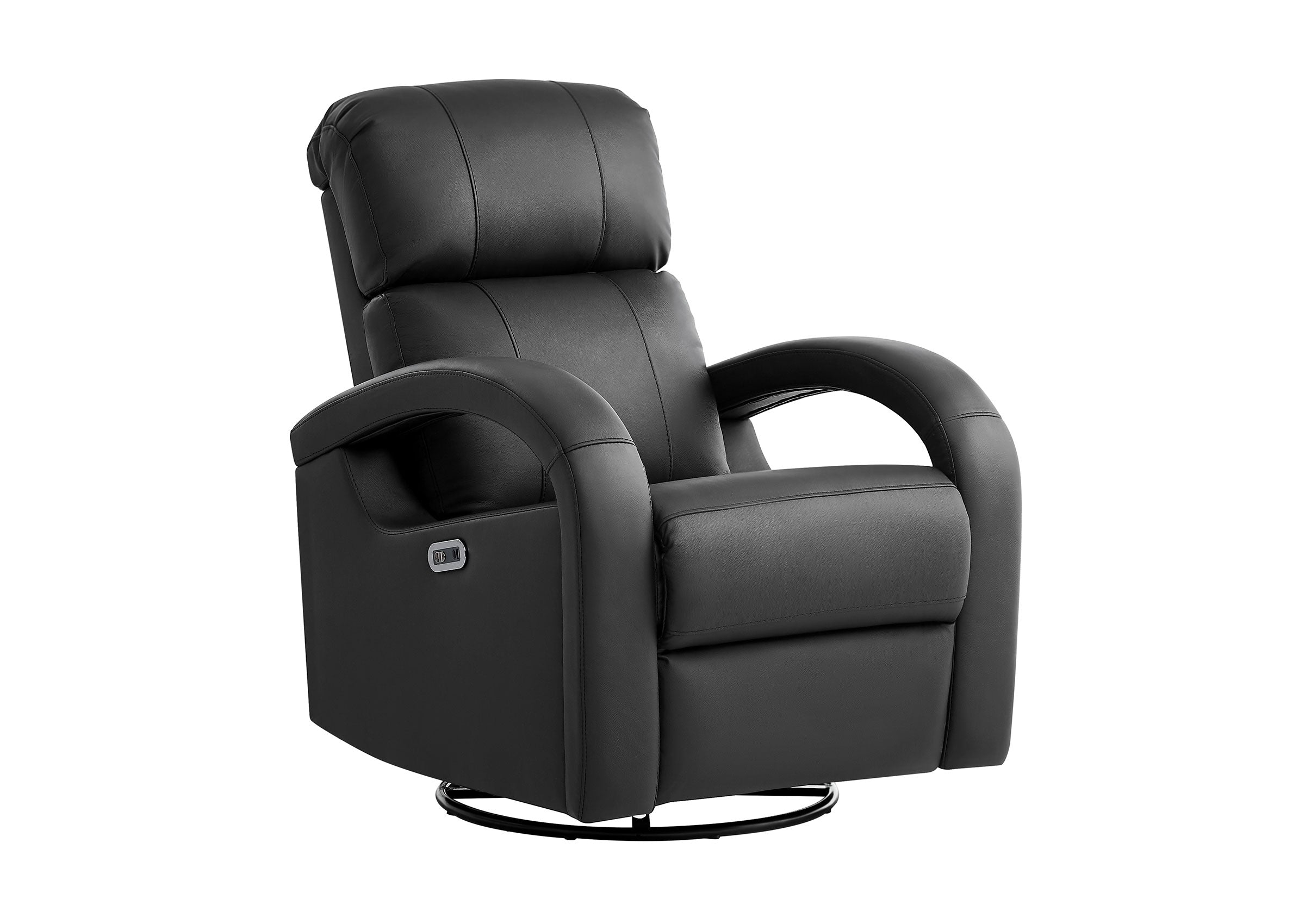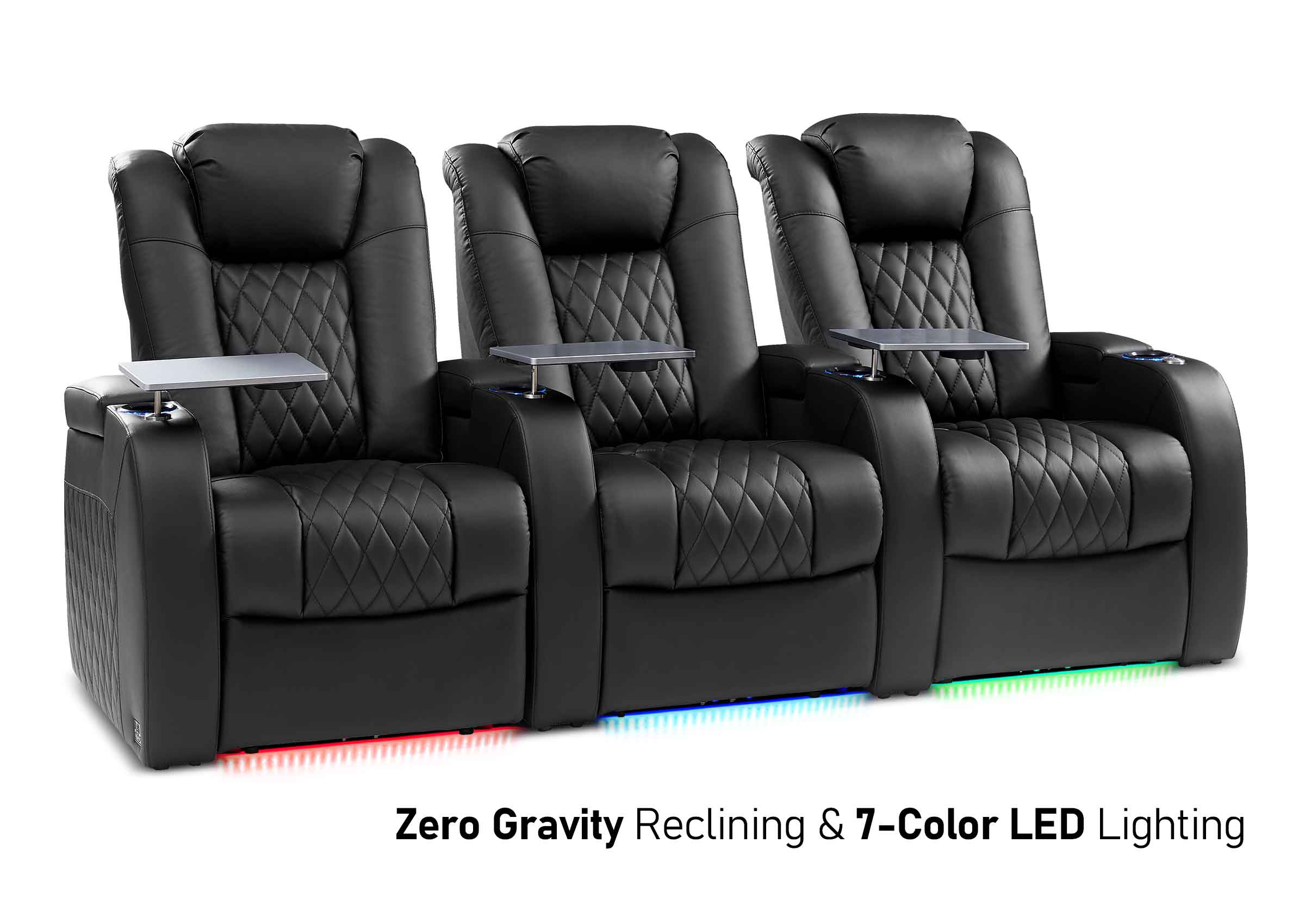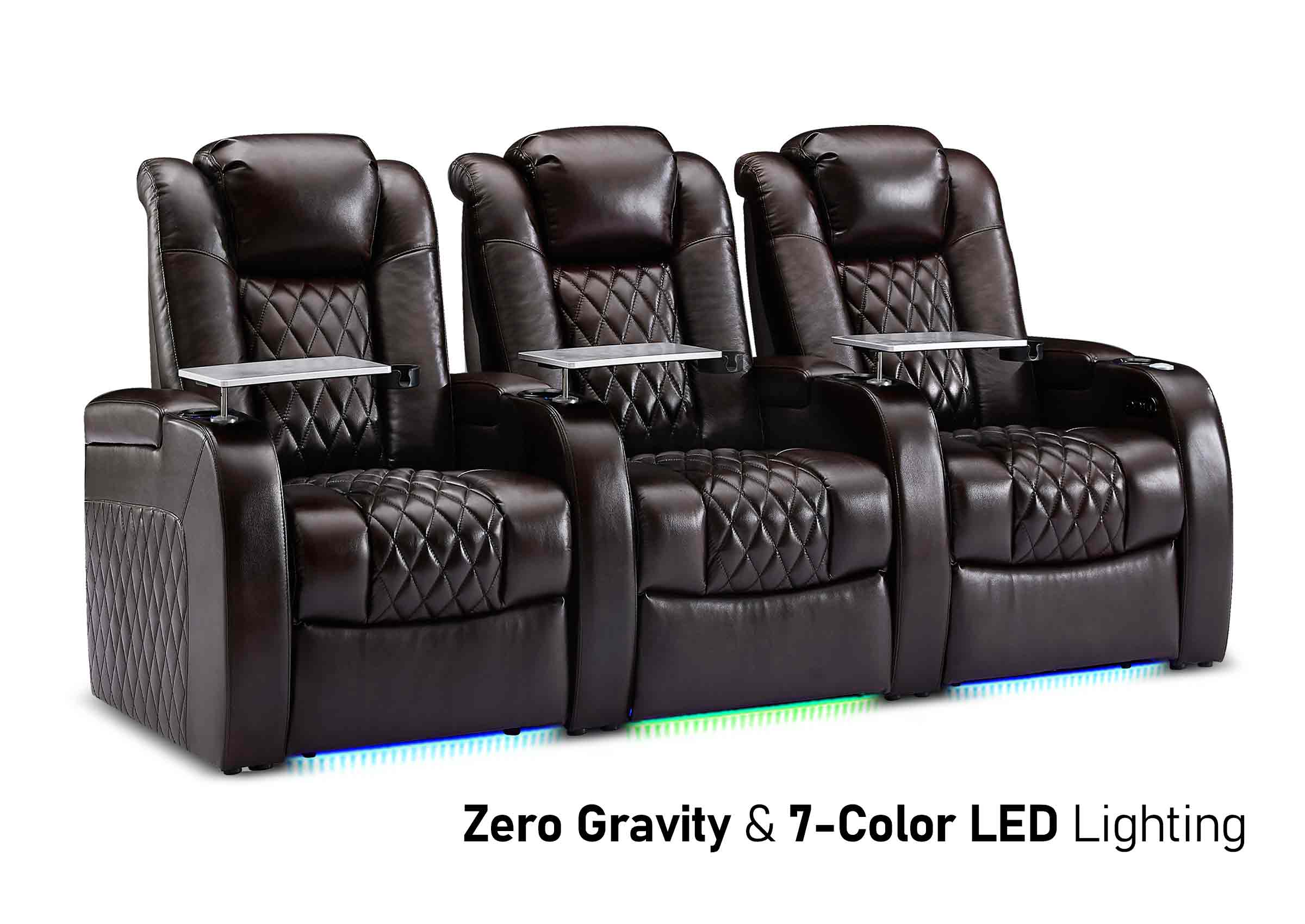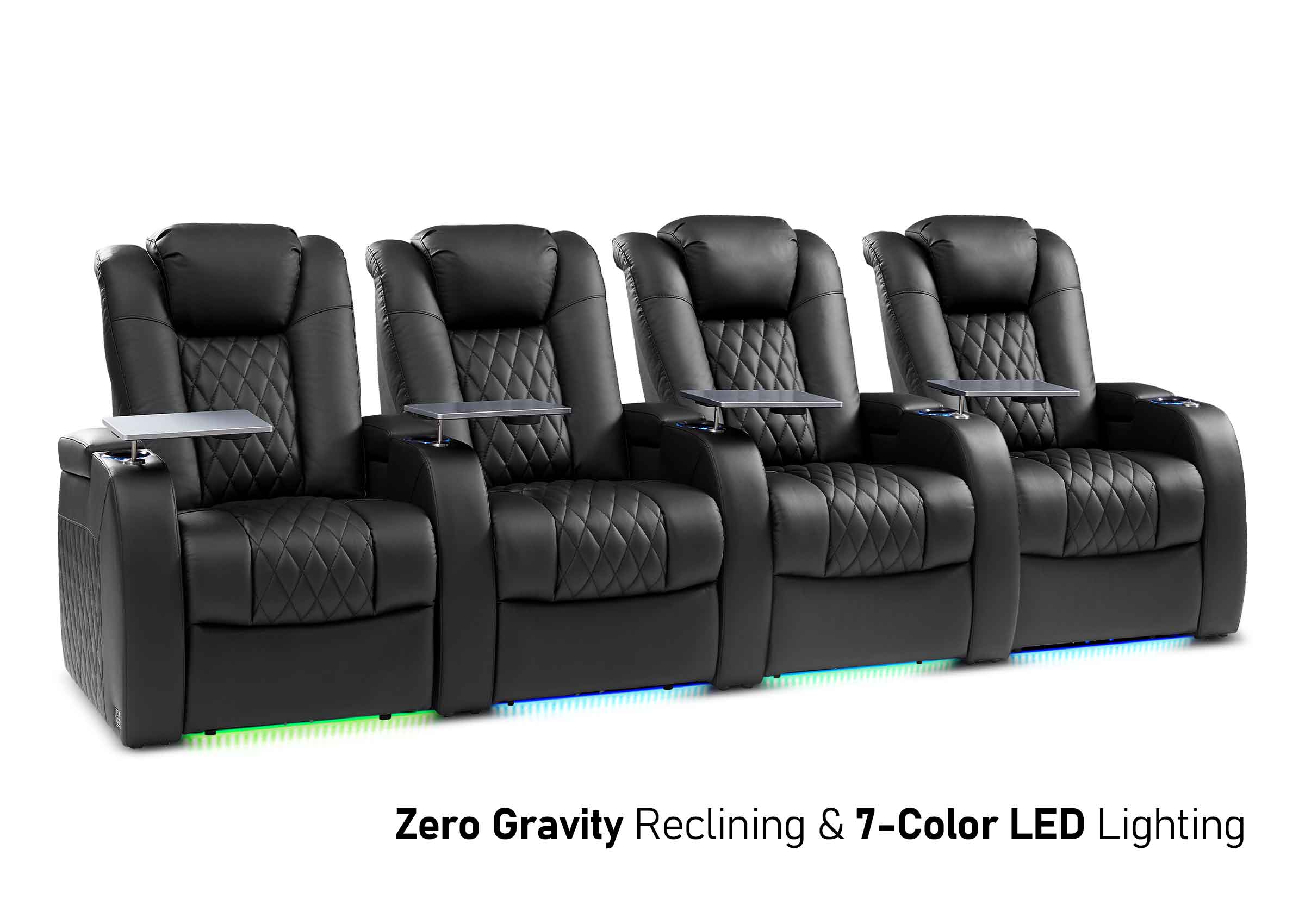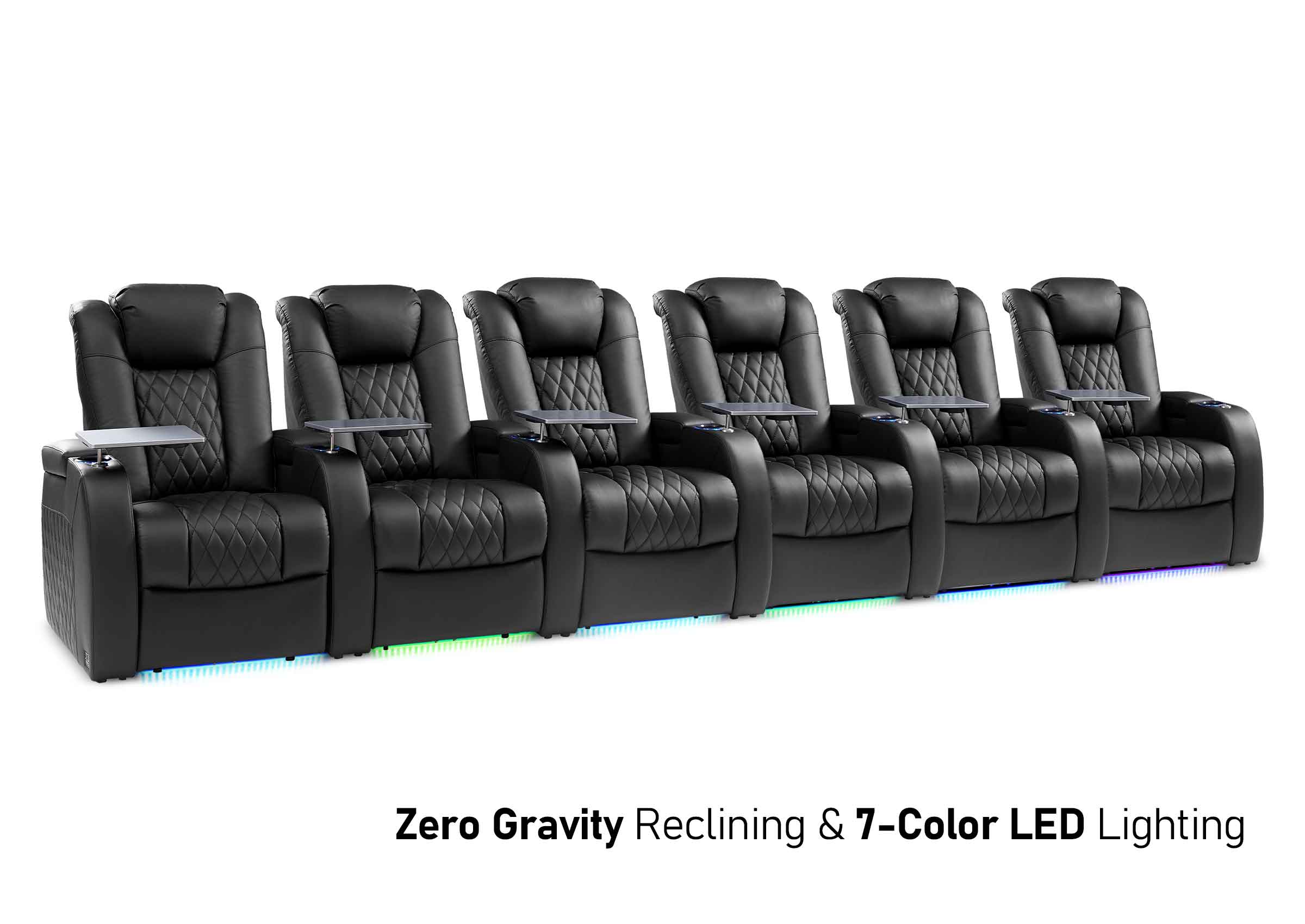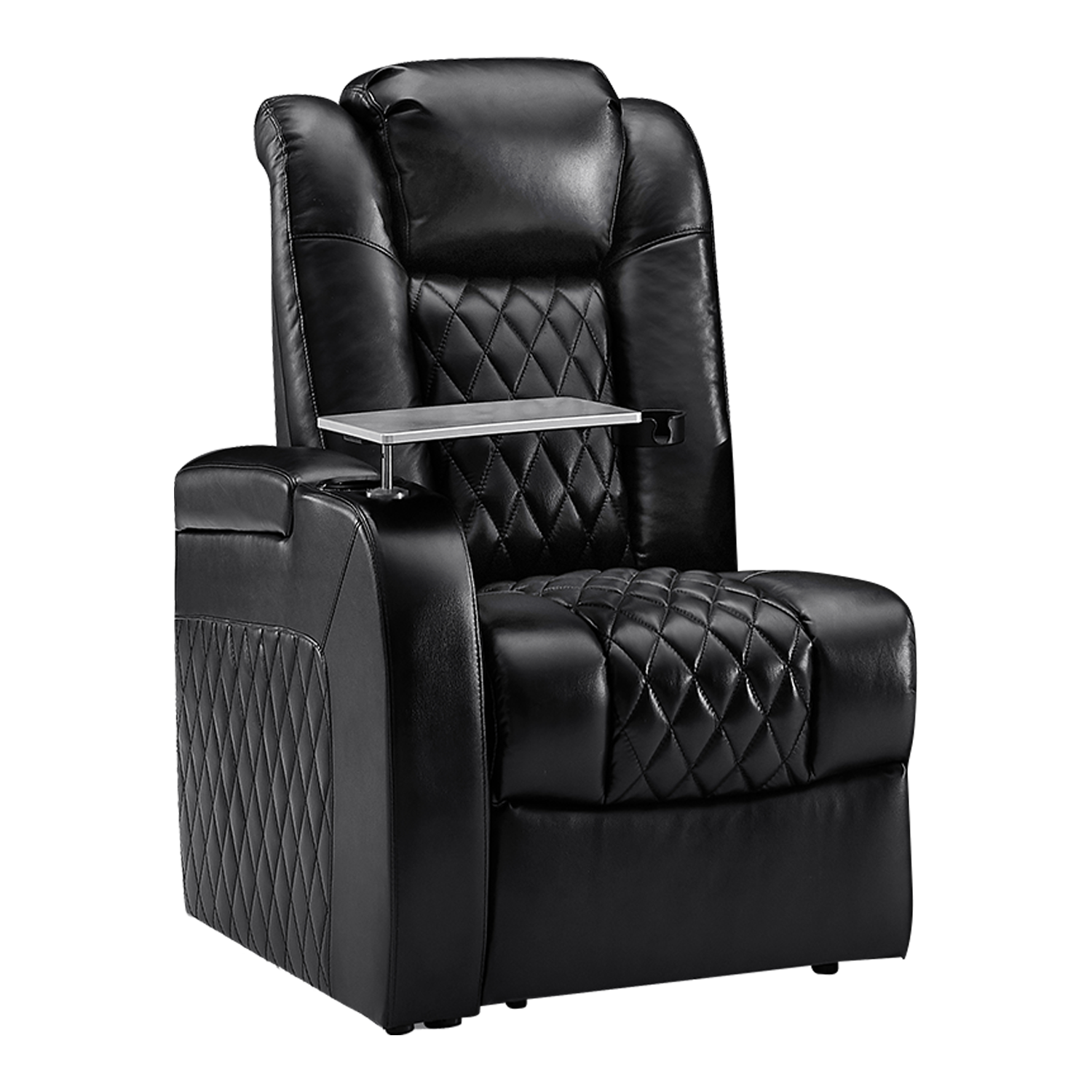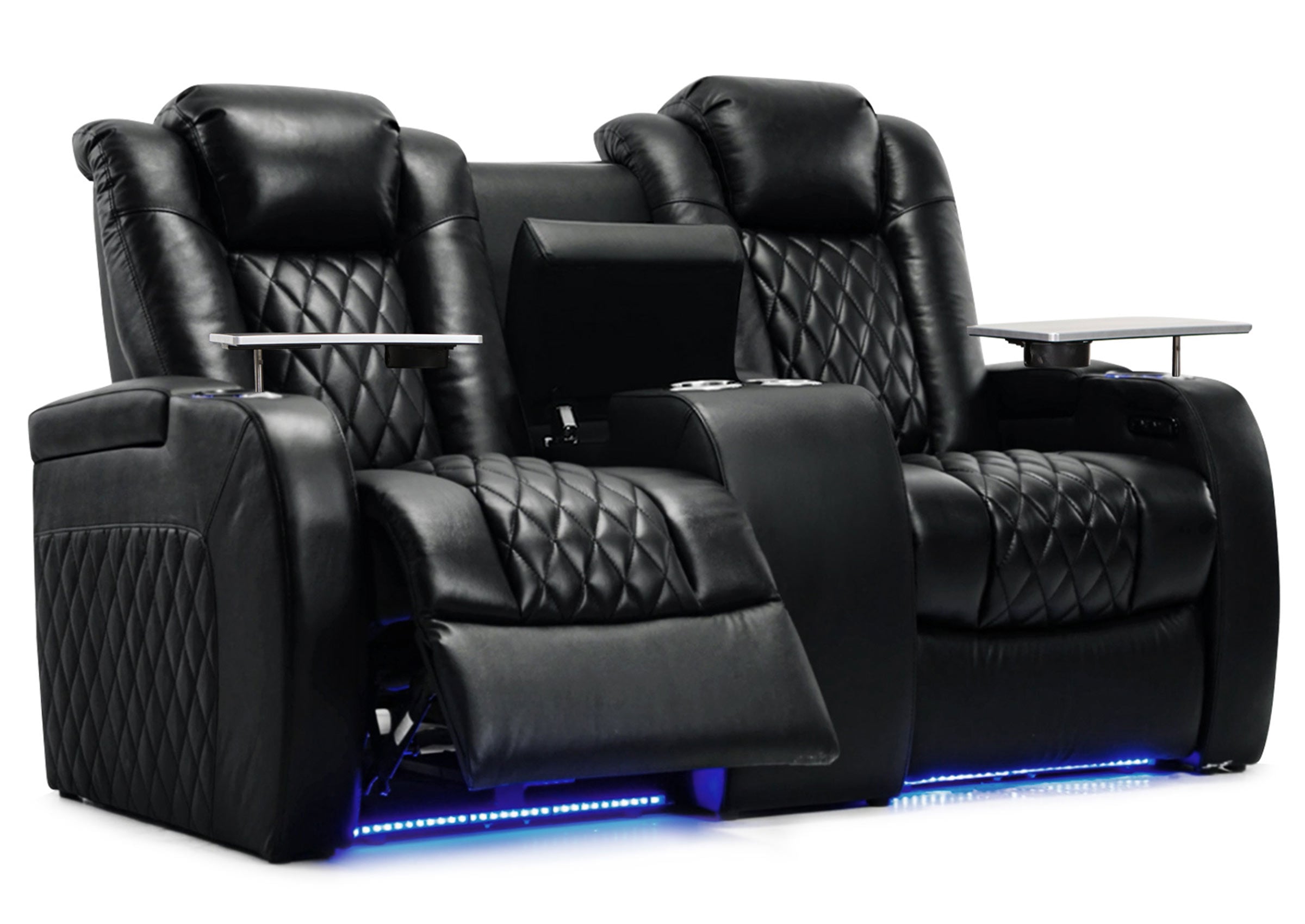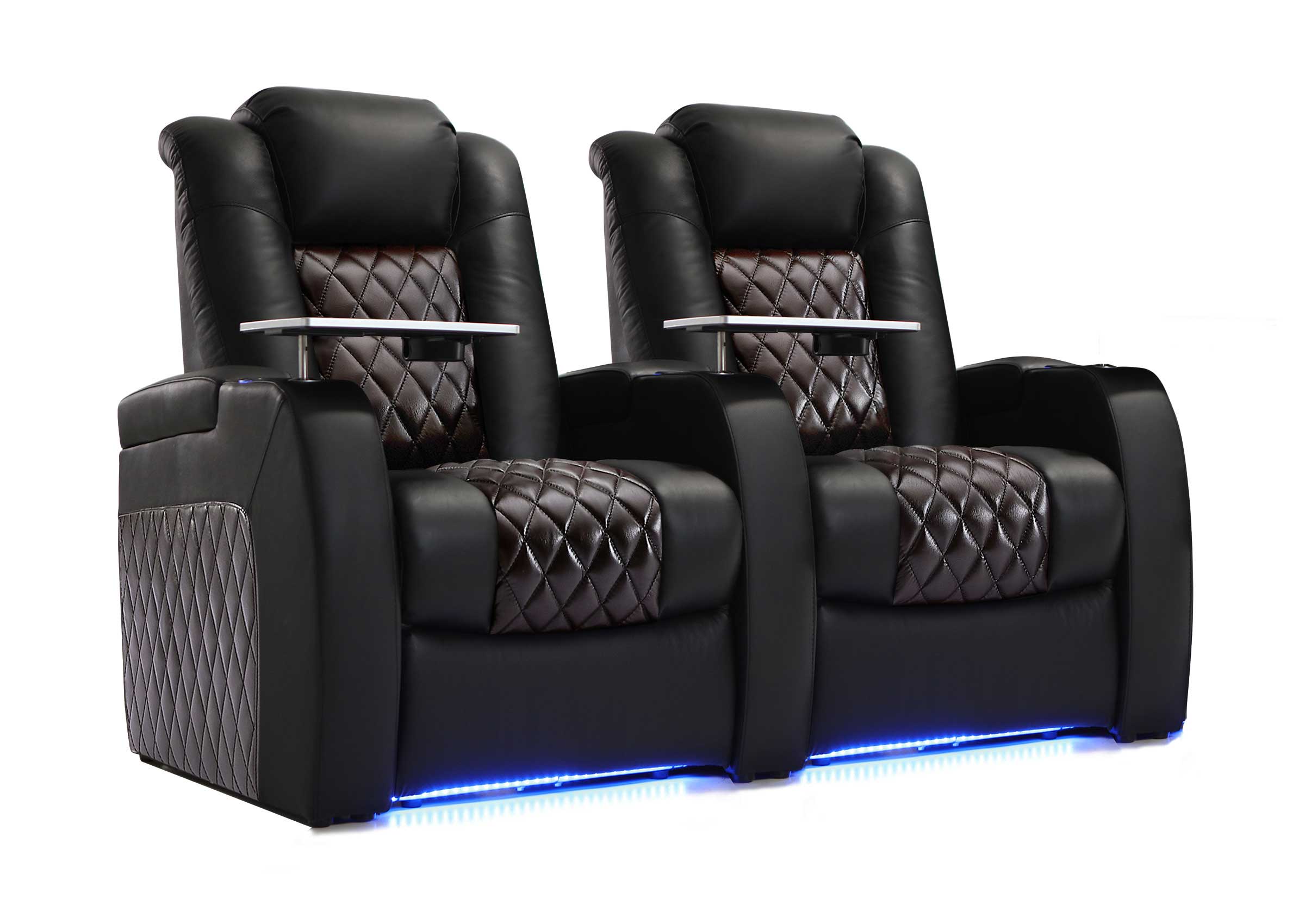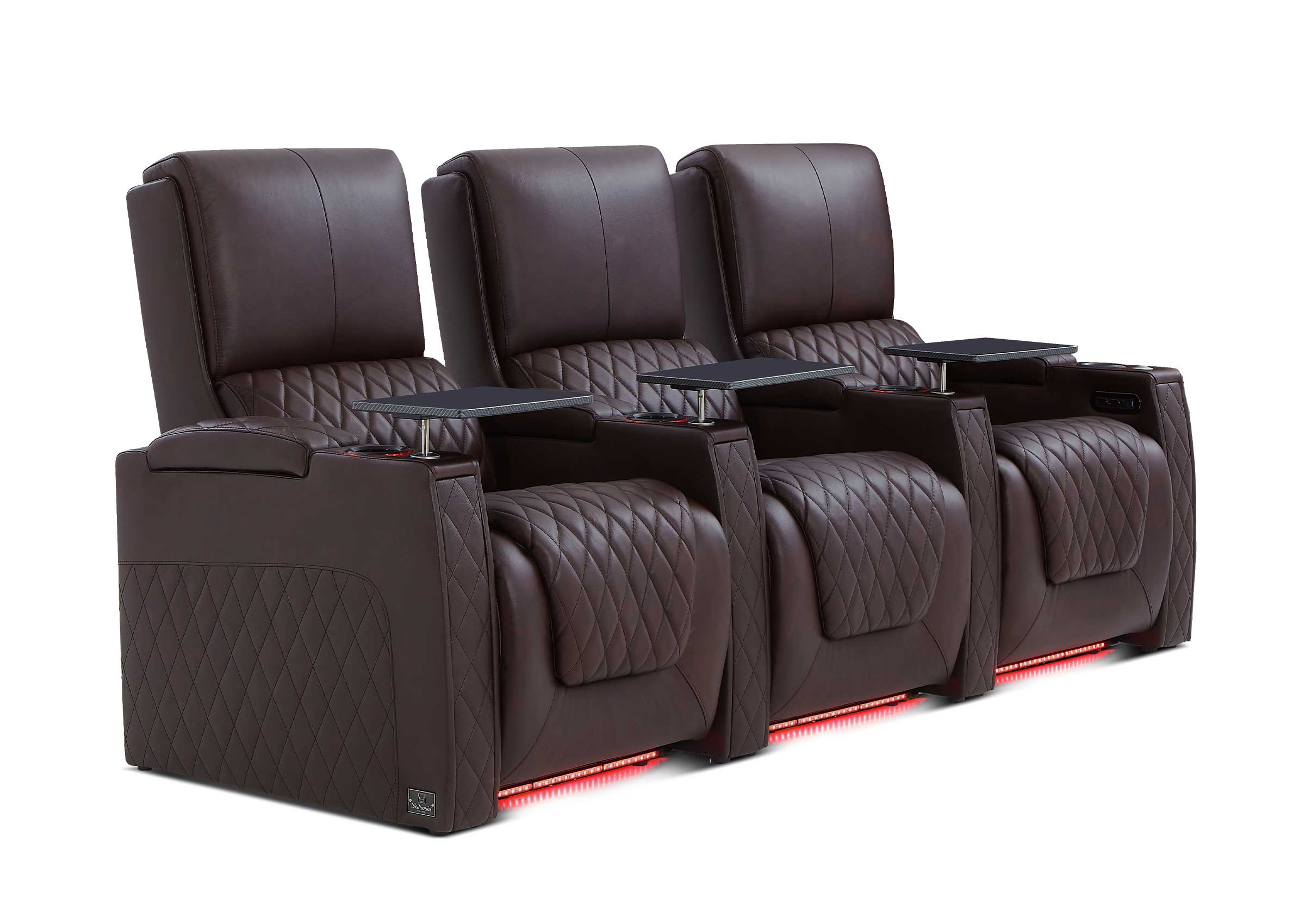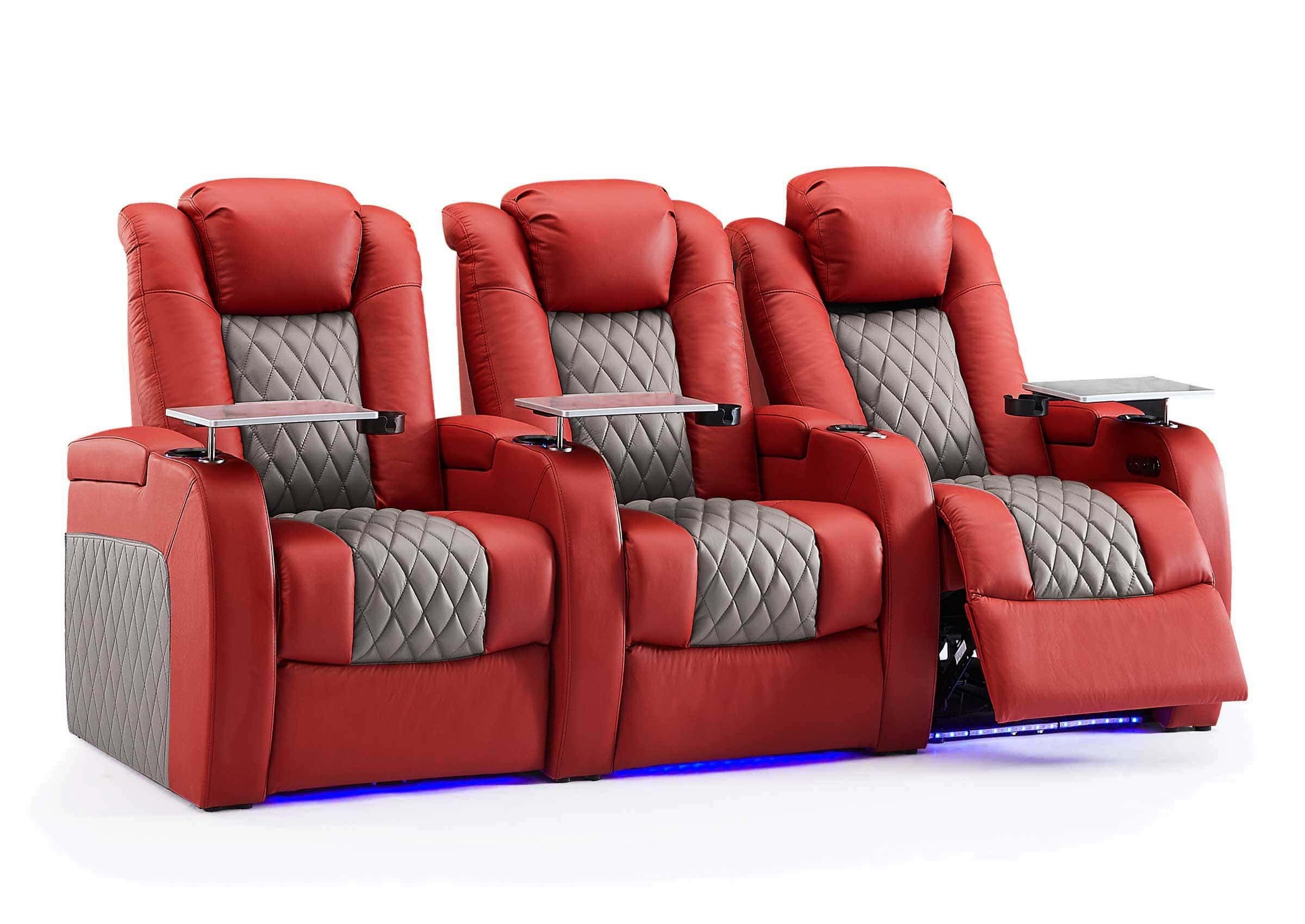The lights dim, the screen flickers, and a blockbuster film's opening score fills the room. Relaxed in your favorite spot, you're ready to travel. We often miss a critical aspect of the experience while focusing on screen size and speaker settings. You may not realize it, but the couch you're sitting on shapes every sound. That's right—your sofa's material affects home theater sound quality more than most people realize. It silently enhances cinematic charm or degrades audio clarity.
How Your Room Listens to the Movie
Every sound in a film, from the faintest whisper to a ground-shaking explosion, travels from your speakers in waves. These waves radiate outward, and what happens next defines the acoustic character of your room. When sound hits a surface—any surface—it does one of three things. This constant interaction is happening all around you, milliseconds at a time, and it makes or breaks your audio immersion.
Sound Absorption: The Acoustic Sponge
Some materials act like acoustic sponges, soaking up sound energy. This is absorption. Soft, porous surfaces, like a thick shag rug or a heavy curtain, are excellent at this. They trap the sound waves, converting their energy into an imperceptible amount of heat and preventing them from bouncing back. This is what makes a room feel quiet and controlled, taming echoes that can smear details. Too much absorption, however, can make a room sound unnaturally "dead" and lifeless, stripping the energy from the audio.

Sound Reflection: The Acoustic Mirror
Other materials are more like acoustic mirrors, reflecting sound waves back into the space. This is sound reflection. Hard, dense surfaces like glass, bare drywall, and hardwood floors are highly reflective. A little reflection adds a sense of space and liveliness to a room, but too much is a problem. Uncontrolled reflections create a chaotic wash of echoes and reverberation, muddying dialogue and making it difficult to pinpoint where sounds are coming from.

Sound Diffusion: Scattering the Waves
Finally, there's sound diffusion. Instead of reflecting sound in a single, direct path, uneven surfaces scatter the waves in many different directions. A bookshelf filled with different-sized books or a specially designed acoustic diffuser breaks up strong, coherent reflections into smaller, less noticeable ones. Diffusion is a secret weapon for high-end audio, as it maintains the energy in the room while preventing harsh echoes, creating a soundscape that feels both spacious and precise. Your couch, as one of the largest pieces of furniture, is a huge factor in whether your room is absorbing, reflecting, or a healthy mix of both.

The Fabric and Leather Sound Difference
The debate between leather and cloth in home theater acoustics goes beyond mere aesthetics and practicality. Being hit by sound waves makes these two things act in very different ways.
Fabric Sofas: Natural Sound Absorbers
The snuggly fabric of a sofa acts as an acoustic absorber. Materials with porous fibers, like chenille, satin, or thick-woven linen, are great at blocking out mid- and high-frequency sounds. A cloth couch helps keep these sounds clear by soaking up the echoes that would otherwise blur them. Think of the clear sound of glass breaking or an actor's voice. The result is a quieter sound environment where speech is easier to understand and the finer details of a movie's sound design, like leaves rustling and the sound of a city far away, come out with stunning clarity. It's also important what kind of cloth it is; thick, heavy wool will soak up a lot more noise than thin, tightly woven microsuede. The couch's soft, low-density pillows make it even better at trapping low-frequency sounds.

Leather Sofas: Lively Reflectors
Leather sofas do the reverse. Sound bounces off its solid, non-porous surface, especially at mid and high frequencies. It returns this energy to the room. A large leather sectional in a minimalist living room with wood floors and large windows may make the sound too bright, loud, or tinny. Not all reflection is bad. Leather couches may add liveliness to a space with thick carpeting, heavy curtains, and upholstered walls. It keeps sound from becoming muffled or dull, sparing energy. A soft, raw aniline leather will reflect differently than a hard, glossy, pigment-coated leather.

Building Your Room's Sound Signature
Your couch may be the main character in your room's acoustic story, but the supporting cast is just as important. A truly great home theater experience depends on how all the elements in the room work in concert. Paying attention to these other surfaces can transform a good setup into a phenomenal one.
Start with the Floor
Flooring is a big problem. Large, reflective surfaces like hardwood, laminate, tile, or glossy concrete are right in front of your speakers. They make something called a "first reflection," which is an early echo that gets to your ears just milliseconds after the direct sound from the speaker. This makes the sound less clear and confusing. One of the best ways to improve the sound quality in your room is to put a thick area rug between the front speakers and where you're sitting. It makes the sound much better by getting rid of this annoying first reflection.
Address the Walls and Windows
The next big thing is windows and walls. A lot of glass makes almost perfect reflections, and bare walls that are next to each other can make a fast, buzzing series of echoes known as "flutter echo." If you clap your hands together in a room with hard floors, you can hear this. Window reflections can be kept in check with heavy curtains or cellular blinds. There are options for walls that are both useful and pretty. Shelves that are put well and are full of books, not just trinkets, work great as diffusers. Putting up a big canvas picture or a fabric wall hanging can help you relax.
Don't Forget the Ceiling
Even your ceiling plays a part. A flat, hard ceiling contributes to vertical reflections. Older homes with textured "popcorn" ceilings actually have a small acoustic advantage, as the uneven surface provides a bit of diffusion. In a dedicated theater, acoustic tiles are often used on the ceiling to control these reflections.

Finding the Sweet Spot
The goal isn't to make a room that doesn't have any sound or noise like a recording studio. That wouldn't sound natural or clean. The best home theaters find a fine balance between absorbing and reflecting sound. This makes a controlled but still lively space where the movie music can breathe. You want to hear the sound the way the people who made it meant it to be heard.
The Art of Acoustic Balance
Think of yourself as an interior designer for sound. Every material choice contributes to the final product. If you fall in love with a large, absorbent fabric couch, you might be able to get away with a more reflective coffee table or leave a window less heavily draped. If your heart is set on a sleek leather sofa, you'll want to compensate by adding more absorptive elements elsewhere—like that thick rug, some acoustic panels disguised as art, or even a couple of plush armchairs. It’s a give-and-take. A room with hardwood floors, bare windows, and a leather couch is an acoustic nightmare waiting to happen, but adding curtains and a rug can tame it beautifully.
Placement is Everything
Furniture placement is the final piece of the puzzle. Pulling your couch even six inches away from the wall behind it can have a surprising impact, especially on bass. Walls are boundaries where low-frequency sound waves build up, which can lead to boomy, indistinct bass. Creating a small gap allows those waves to dissipate more naturally, resulting in a tighter, more even low-end response.
Sound You Can Feel
Your couch is an active instrument in your room's acoustic orchestra. The choice between fabric and leather goes far beyond aesthetics, becoming a critical decision that tunes the sound of your entire home theater. By thoughtfully balancing your sofa with the other elements in the room, you can transform a good system into a truly immersive one.








